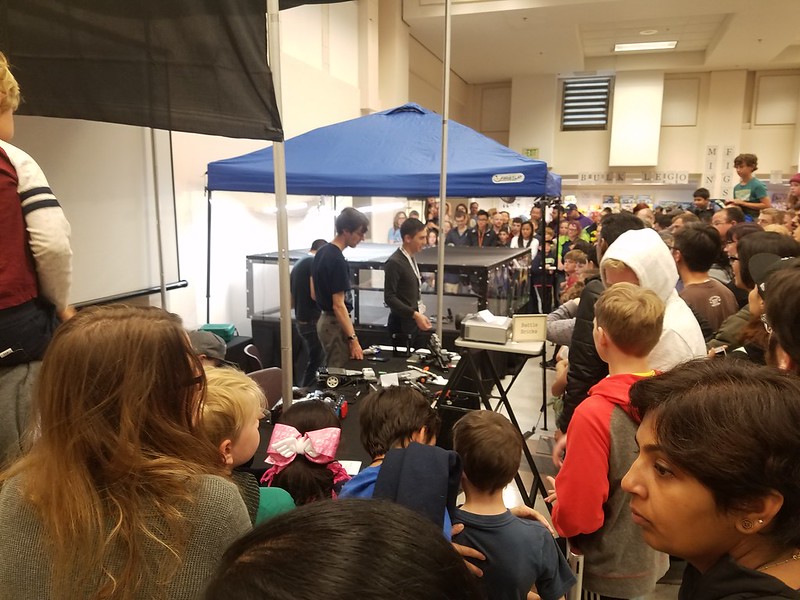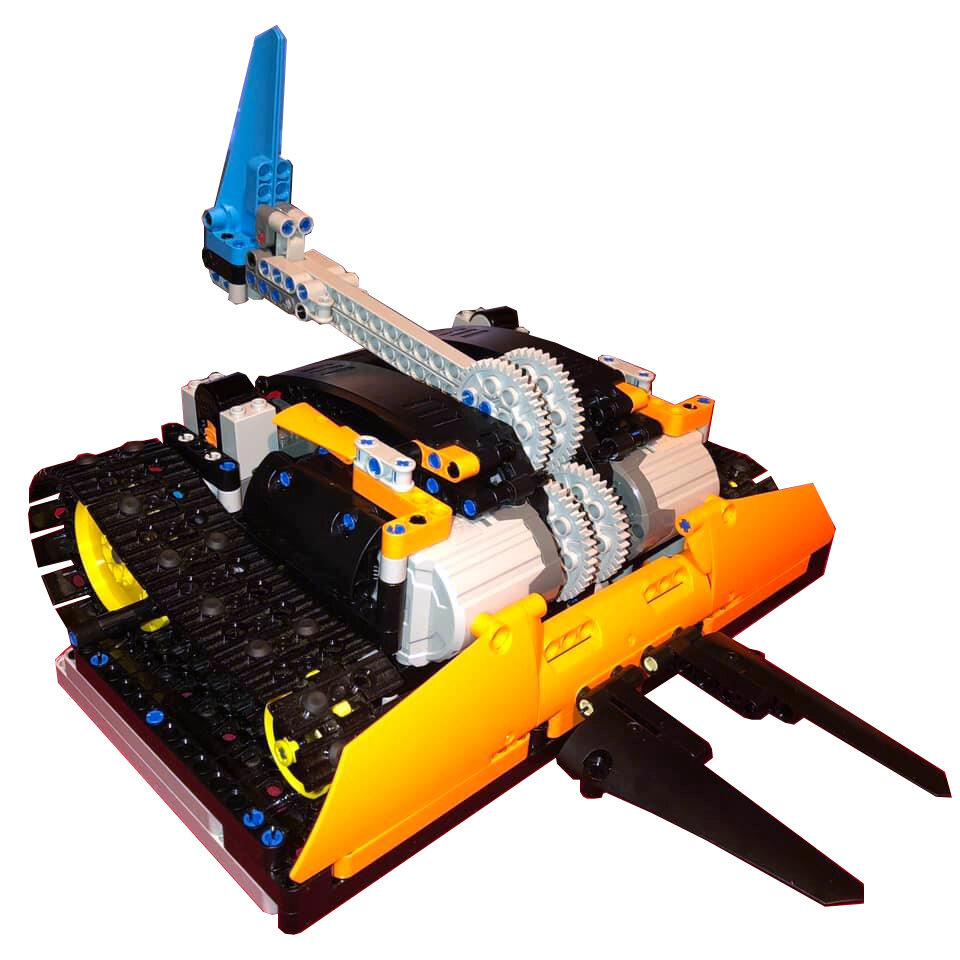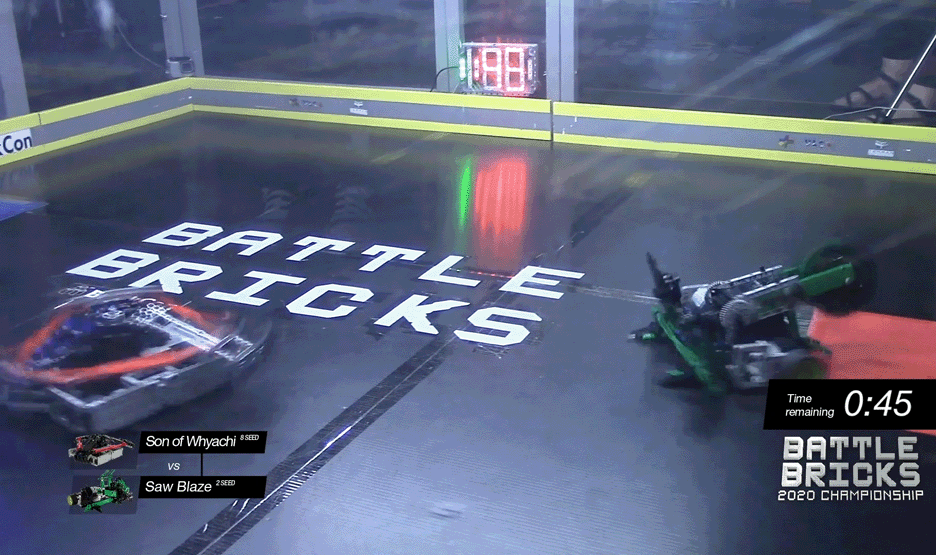Everything You Want to Know About Fighting LEGO Robots
/Best of BrickNerd: Weekend Highlight — Article originally published February 15, 2021 (and you can see these robots in action this weekend in Seattle at BrickCon).
LEGO conventions are kind of like museum exhibits for kids, aren’t they? Kids typically wander through an exhibition hall looking at static displays about as animated as a Dutch Renaissance still life. MOCs are pretty to look at and some incorporate movement, but arguably the majority are not usually dynamic and engaging past that. But what if all that could change?
We’re fighting robots, but not like this
Farewell sweet Pony
What if those same kids wandering the exhibition hall discovered something entertaining, thrilling and deceptively educational at the same time? That’s what fighting LEGO robots is all about!
What we do is bring the spectacle to public viewing in the form of awesome LEGO-based destruction. Most importantly, we bring a bit of crowd-interaction to conventions in the form of shouting, cheering, and occasionally blood lust!
In this article, I am going to take you through everything you need to know about LEGO combat robots. (Well, everything to get you started, that is.)
What Are LEGO Combat Robots?
To summarize in one sentence, you put two LEGO robots in an arena and fight them to the death.
Do you remember the old Mindstorms Sumo Bots? It’s basically that. However, instead of the robots being automated and simply trying to push each other slowly and meanderingly out of a ring, ours are human-controlled and equipped to win by literally destroying each other. (A bit more intense than your standard First LEGO League match.)
Envision two LEGO RC cars with saw blades and hammers strapped to them beating the daylights out of each other while a hundred children scream with excitement after a particularly deadly hit. One can only describe the feeling with so many words, so perhaps a video clip is in order to help illustrate:
But Why?
Because it’s fun! I’d wager that there are a fair number of readers who enjoyed smashing their toys together as children—this is just the natural evolution of that tendency except the kids are just a little taller! Whether it’s a demolition derby or because it’s “SUNDAY! SUNDAY! SUNDAY! ONLY AT THE TACOMA DOME” and Gravedigger is heavily implied to be there—smashing things together is just plain awesome. Those of us involved combine that destructive enjoyment with our love of LEGO—and a (slightly) more comprehensive understanding of how to build with LEGO than when we were younger.
Stop. Hammertime.
While there is a competitive and destructive nature to what we do, winning is secondary. At its core, fighting LEGO robots brings comradery amongst everyone who takes part. There actually is an unspoken, good-spirited nature in the community towards damaging each other’s creations—and a willingness to help each other overcome problems with their builds and to help rebuild what which we may have potentially just been responsible for destroying.
If at first you don’t succeed, add more Ablative Armor
In addition, building LEGO fighting robots is a great way to get AFOLs to branch into areas of building with new techniques and parts that they may not have previously been interested in attempting.
I myself was part of the LEGO train community and had no previous experience with Technic (the part-medium required to build the aforementioned fighting machines). It was not until I saw videos on Youtube from what AFOLs in the UK were doing with their LEGO combat robots that I wanted to branch out into building one on my own. Feeling inspired—despite having no prior knowledge on how to build or utilize the parts required—I started to build and settled into a LEGO palette I’d never yet delved.
My final products spoke for themselves. When I brought my first robots to BrickCon 2018 in Seattle, the genuine enthusiasm and cheering from the crowd pushed me to come back the following year with designs I wanted to refine, and with robots that were harder, better, faster, and stronger.
While I can only speak for myself, I genuinely believe that everyone who pits their robots against each other is doing it for the benefit of the spectators at the convention. We’re all just trying to pull people into our LEGO hobby—AFOLs and the public alike. Without every one of us AFOLs building spectacular things for the themes we each love, there would be no fan conventions. (I can assure you that my overt artwork slight at the start of the article was for dramatic effect only.) I fully acknowledge and think that AFOLs recognize we are collectively trying to carve out what makes the public go “wow” when they see our creations on display.
Origins
If you ever watched BattleBots or Robot Wars on television in the 90s-00s—or even the modern-day episodes—you’ll know that what we do in LEGO form directly tries to emulate those robotic competitions. For context, the video below is a typical match-up from an episode.
Now compare that to our unintentional LEGO remake of that same fight. Fun, right?
The first iterations of non-sumo, LEGO-based robot combat can be traced back to the 1999 LEGO RoboGladiators Event at E3.
The robots in that competition used the original LEGO Mindstorms command blocks and were quite a bit larger than the robots we build today. These robots were built by several members of the original BattleBots community. The recorded fights like the one embedded below can be found on Jason Bardis’ InfernoLab YouTube channel:
At the time, the concept was thrilling, though novel. About ten years later, a YouTube channel by the name of Ochayedonald posted a series of videos titled “LEGO Robot Wars” which really took the concept to the next level and made LEGO combat a bit more accessible.
Many in our small hobby community consider his robots to be the direct predecessors to the fighting robots we build today. The ones he used are roughly around the same weight and use the same LEGO Power Functions peripherals that many of us still use in combat. I’d highly recommend taking a look at some of Ochayedonald’s robots from year’s past.
In the mid-2010s, BattleBots and Robot Wars came back on TV, and with that, a renewed popularity. Coinciding in 2017, Eurobricks hosted a contest for building Technic Battle Bots which helped cement the trend. One of my favourite entries, PKWs LEGO’s “Wheeled Scorpion,” was equipped with an elastic-powered flipper that could not only smash but right itself if it were flipped upside-down.
At the same time, there were LEGO robot competitions being held simultaneously in the UK, which brings us to our next section.
Current Competitions
LEGO combat robots can either be a spectator sport or a thrilling international competition. In this section, I will include links to a variety of fighting LEGO competitions around the globe, as well as a clip from a fight so you can get a taste for each.
Great Western Brick Show, Swindon, United Kingdom (Video: technoandrew)
Reading Brick Show, Reading, United Kingdom (Video: technoandrew)
BrickCan, Vancouver, British Columbia, Canada (Video: ShroomyEntertainment)
BrickCon, Seattle, Washington, USA (Video: Adam's Brick Junction)
Pre-recorded Competitions
While watching LEGO robots duke it out in person gets your blood racing, sometimes the viewing experience is a hard logistical problem. The battles attract crowds, conventions have to safeguard against flying debris, and many LEGO conventions typically don’t have the floor space for an arena. Combine that with the current COVID environment, and you have the perfect excuse for pre-recorded competitions that can be enjoyed at home, watched multiple times, and provide higher-quality graphics and commentary. Here are two such series
How You Can Get Started
It is easier than you think to get started building your first LEGO combat robot. First, you need to get to know the pieces you have to work with. Many individuals in the community promote the LEGO Technic set 42095 Technic Remote-Controlled Stunt Racer as a jumping-off point. It is a great parts pack to build your robot off of, equipped with two Power Functions L motors which make an excellent drivetrain.
A robot Using The tracked racer as a base by jevan woodrow
Unfortunately for full transparency, we’re at a weird point where LEGO is currently transitioning into a new line of electronics—so it is hard for me to recommend what to buy that is currently available. If what I’ve written about highly interests you, I suggest getting a pair of Power Functions L motors, as well as an XL motor and a train motor off BrickLink. I would also suggest buying a LEGO set with a large assortment of Technic parts and panels to supplement your inventory.
I first began with 42078 Mack Anthem. A current equivalent that will sustain you with enough Technic shrapnel to experiment and build with would be the 42098 Car Transporter—although it is lacking a good variety and quantity of gears, so you should probably get those on BrickLink should you decide to go that route. 40-tooth gears are severely lacking in sets these days, so try and source some of those as well. With the materials in hand, start playing around to get to know them!
Rules Are Rules
The LEGO combat robot community is pretty small, and unfortunate geographical placement means that we’re a fractured community too. Being separated by oceans means that different communities have different rules. If you happen to want to build a robot for a particular regional community, it would be good to know the rules you need to build within. Here are summaries of the two most prominent rules systems.
United Kingdom (Swindon and Reading Brick Shows)
Robots have a 1kg weight limit, must fit inside a 32 stud (25cm) cube, must be made of 100% genuine unmodified LEGO parts, and must use the Power Functions system for control.
Fights last a maximum of two minutes and end when a robot is immobilised, goes down into a pit or goes exits the arena. If there is no clear winner after two minutess, the winner is decided by audience vote.
North America, Pacific Northwest (Seattle and Vancouver BC )
Robots follow the Battle Bricks rules, with a two lbs weight limit and a 45 stud cube size limit. Third-party batteries and receivers are allowed, though everything else must be un-modded genuine LEGO.
If you have no local combat community near you, then there is absolutely nothing stopping you from developing rules for your own area! What we are doing in the Pacific Northwest is in no way affiliated with the UK competitions, hence the drastically diverging ruleset—and thus leaving the door open for new, original competitions everywhere.
MOCing American Style
Since I am the theme coordinator for the robot tournaments at BrickCan and BrickCon in North America, I will speak briefly on the competitions at these two conventions. (I do have intimate knowledge about them, hence the poster above!)
If you read the rules in the previous section, you may ask, “Why the divergence from just pure-LEGO elements?” As I’ve stated earlier in the article, our main goal is to bring entertainment to spectators. The best way to do that is to give robots the means to be faster, and deliver bigger, smashier hits.
LEGO’s power system deliberately underpowers their peripherals. In order to get optimal usage out of them (as well as excitement), they require better batteries and receivers. That means sourcing those parts from third-parties. That said, the rules still allow for purist LEGO machines to remain competitive, although it is still highly recommended that you DON’T use LEGO IR receivers because of how unreliable they are.
MOCs From Around the World
Finally, to cap off what I’m sure has been an exhausting read, I’ll leave you with a gallery of LEGO bots that AFOLs from around the world have built. Take a look at the types, their functions, their styles and perhaps you’ll get inspired to build one yourself!
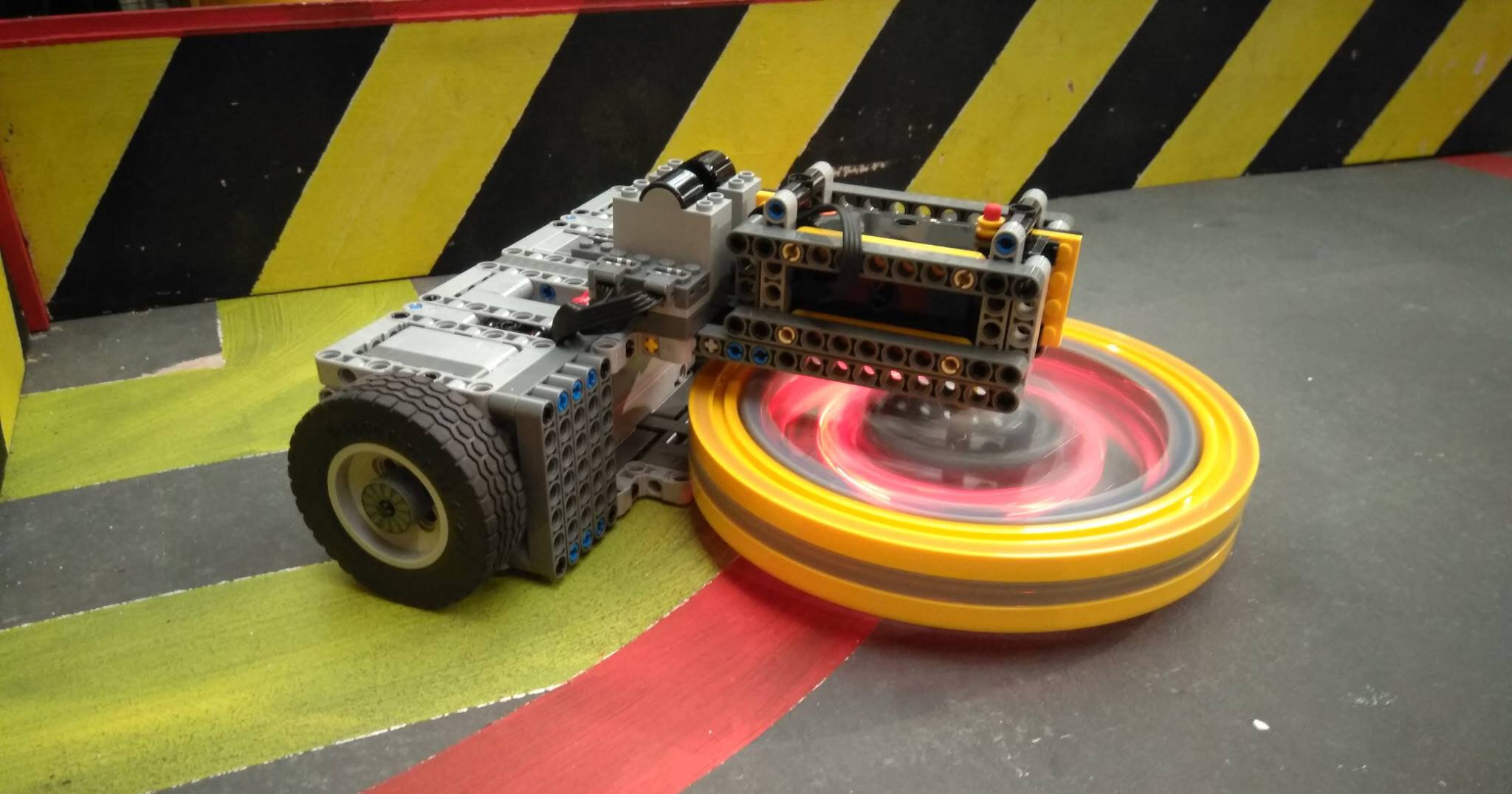
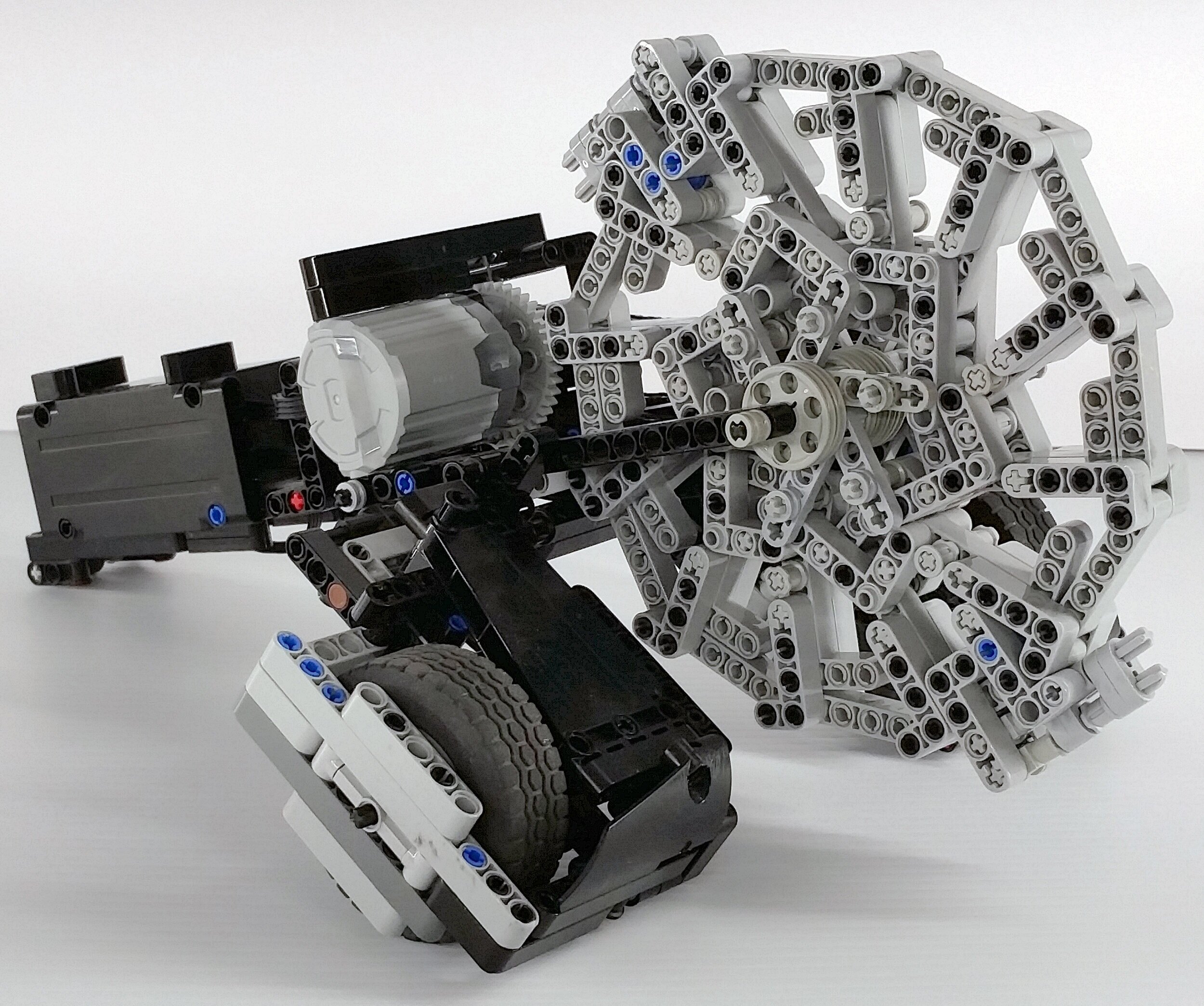

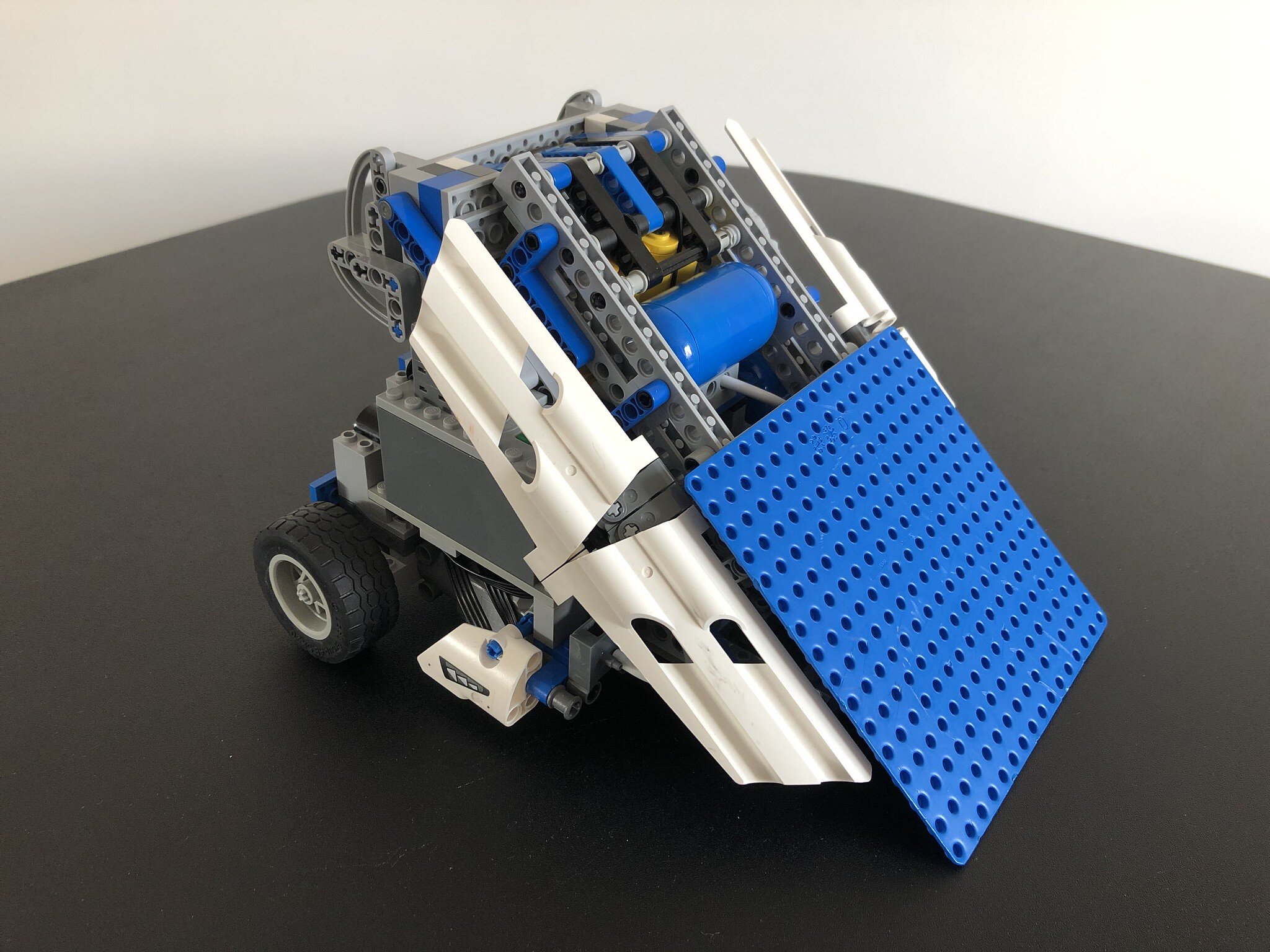


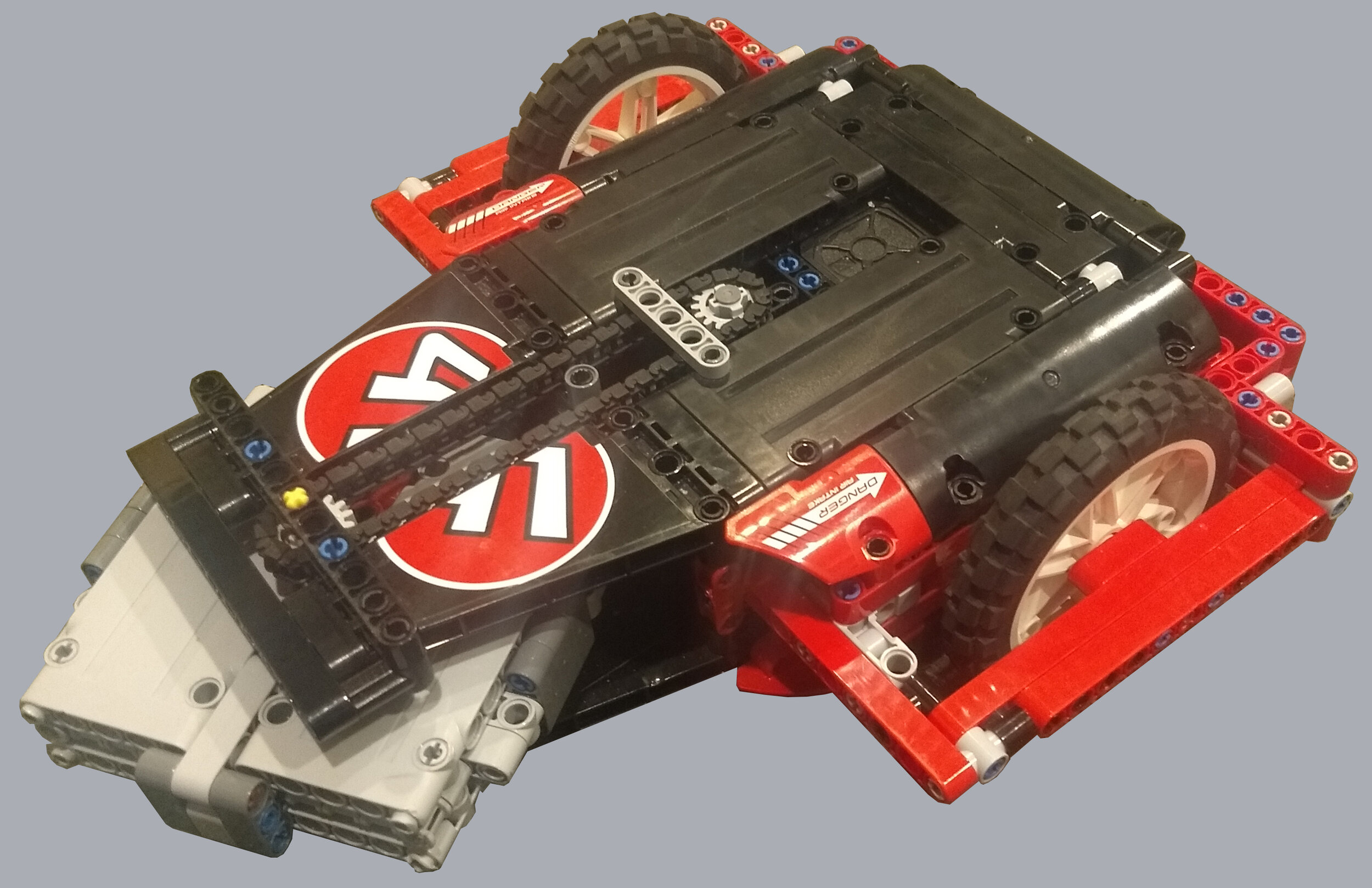
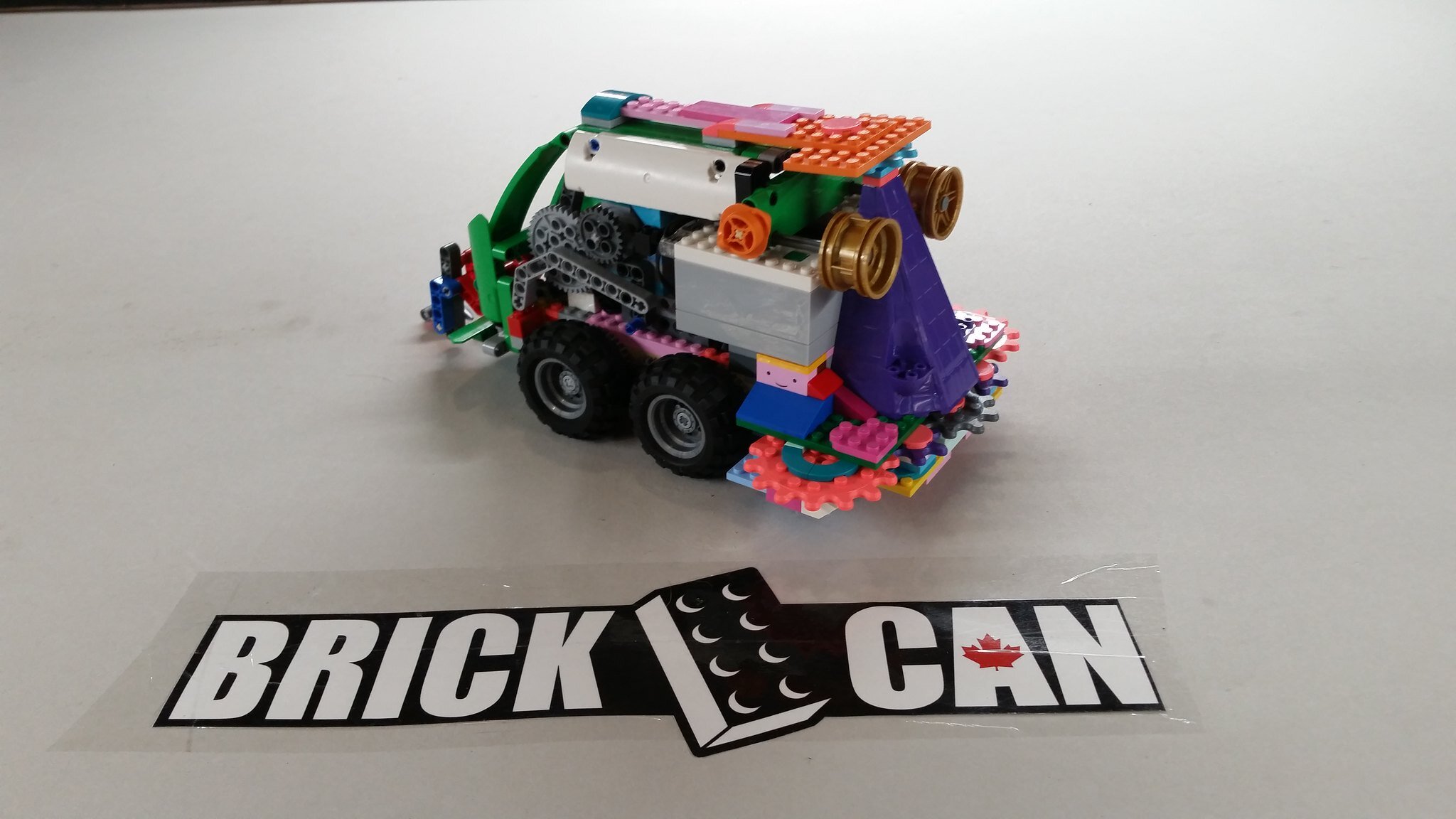

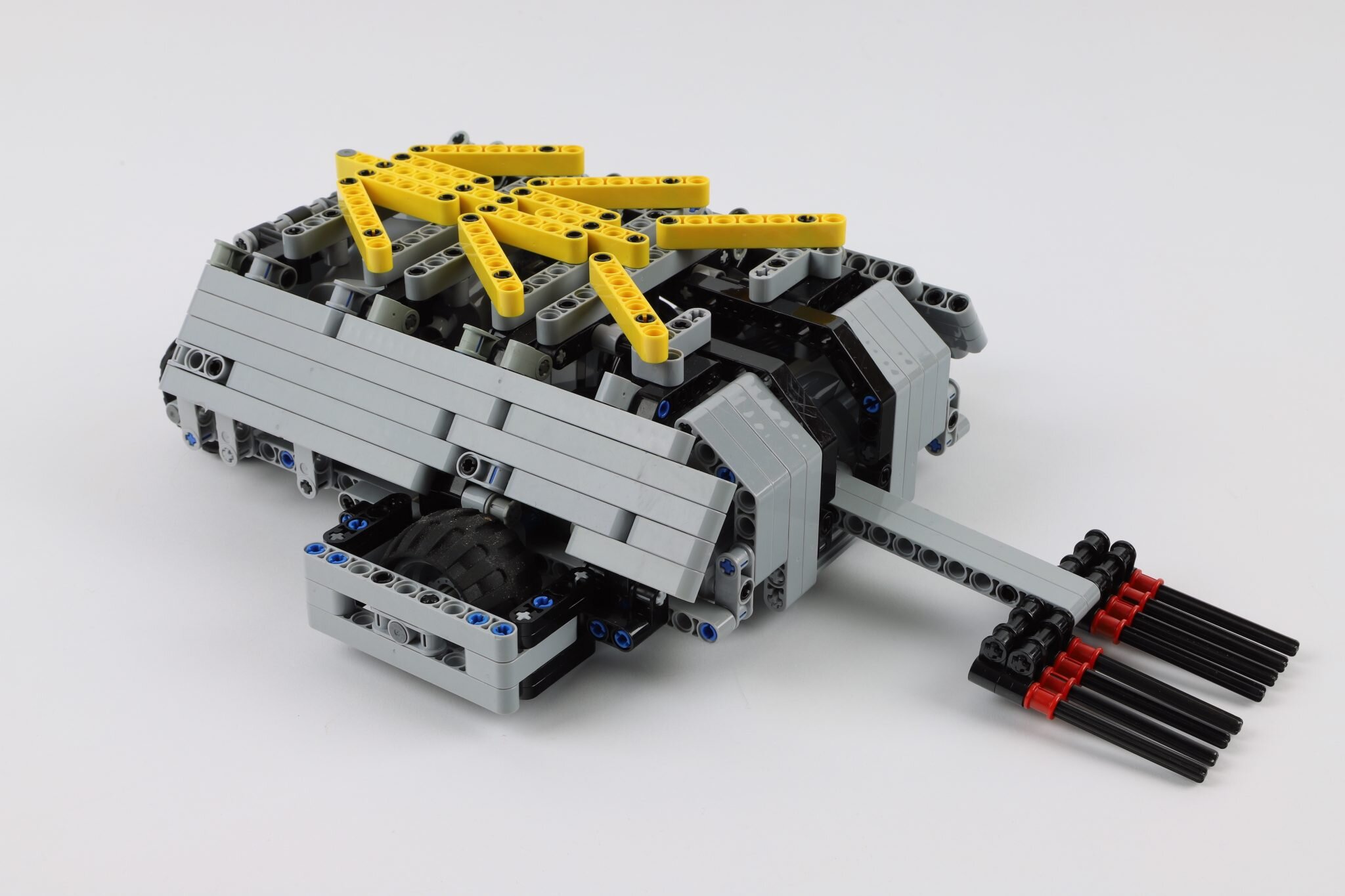

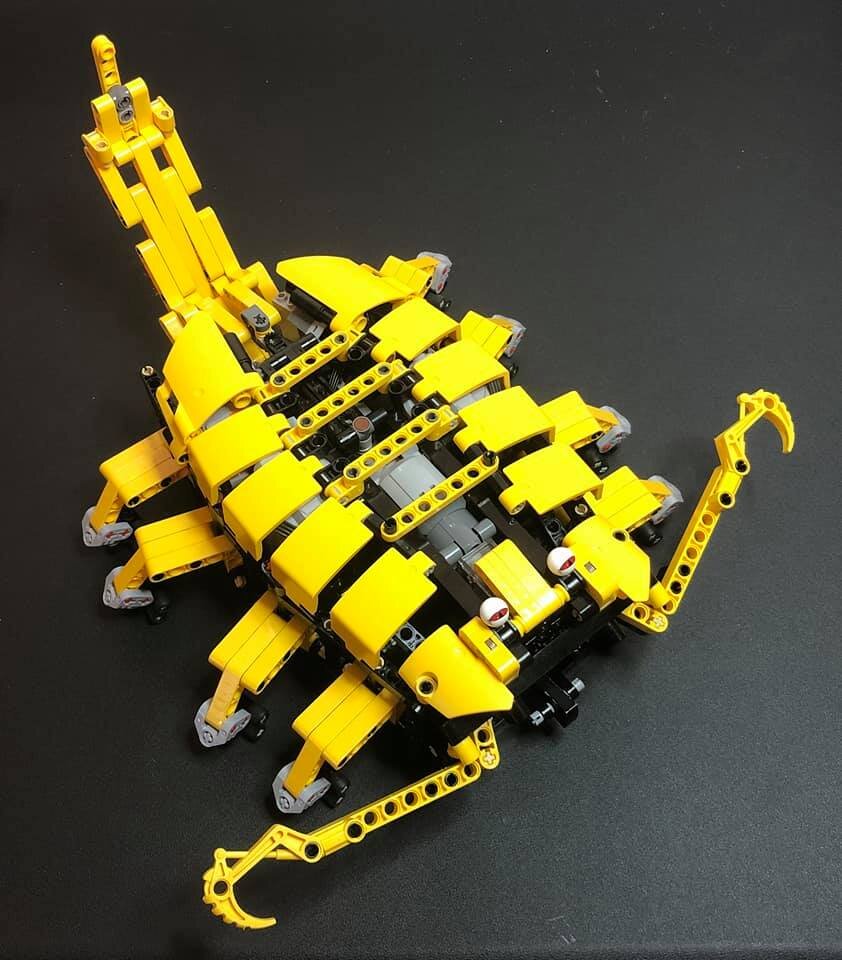

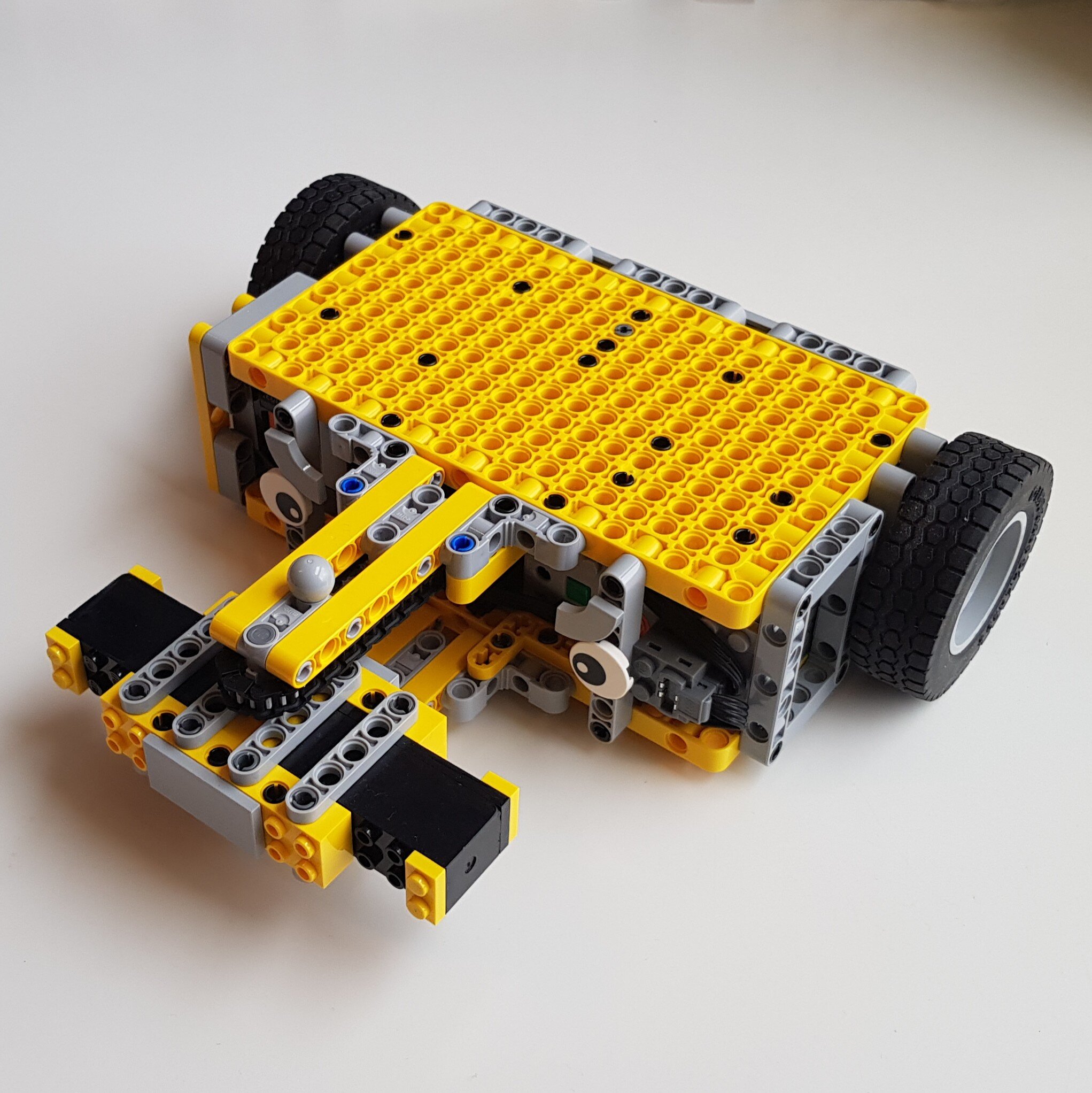

What Now?
Now that you have read this overview of LEGO combat robots, what’s next? If you enjoyed this article and would like to know more about the technical side of how to build a robot of your own, you are in luck! Stay tuned to BrickNerd for the next part in this series, coming up in the near future. (EDIT: Part 2 is now available!)
In the meantime, start gathering parts to build with and check out the links in this article and these other valuable resources:
YouTube Channels: Brick Buildmeister, Davie Murray and Will Fong (that’s me!)
Flickr Albums: Technoandrew, Jamie Douglas and Allen Smith
Instagram Accounts: Jeremy Lloyd and David Harrison
Do you want to build a LEGO fighting robot? Have you seen any good bouts? Leave your thoughts in the comments below.
Do you want to help BrickNerd continue publishing articles like this one? Become a top patron like Charlie Stephens, Marc & Liz Puleo, Paige Mueller, Rob Klingberg from Brickstuff, John & Joshua Hanlon from Beyond the Brick, Megan Lum, and Andy Price to show your support, get early access, exclusive swag and more.






